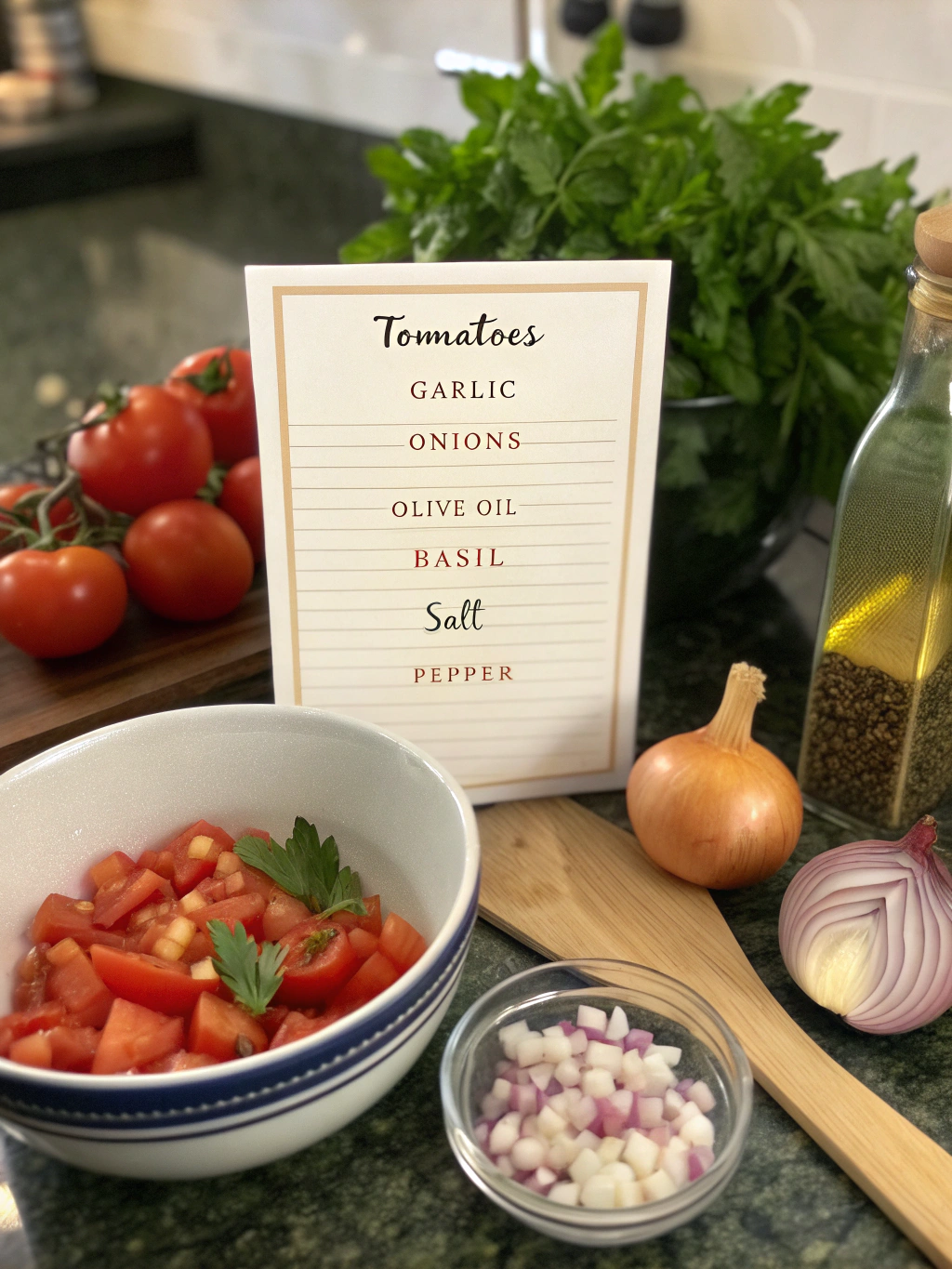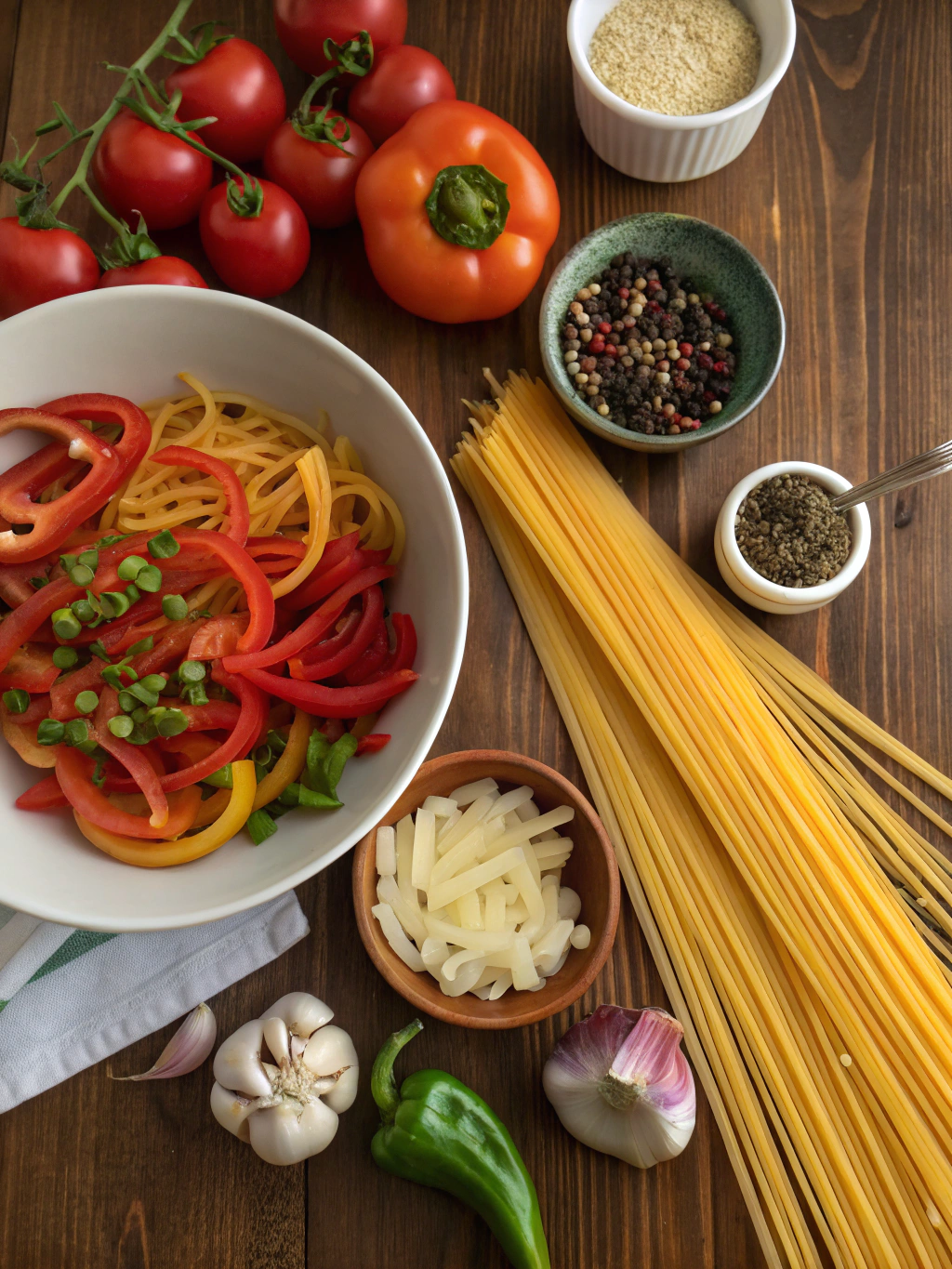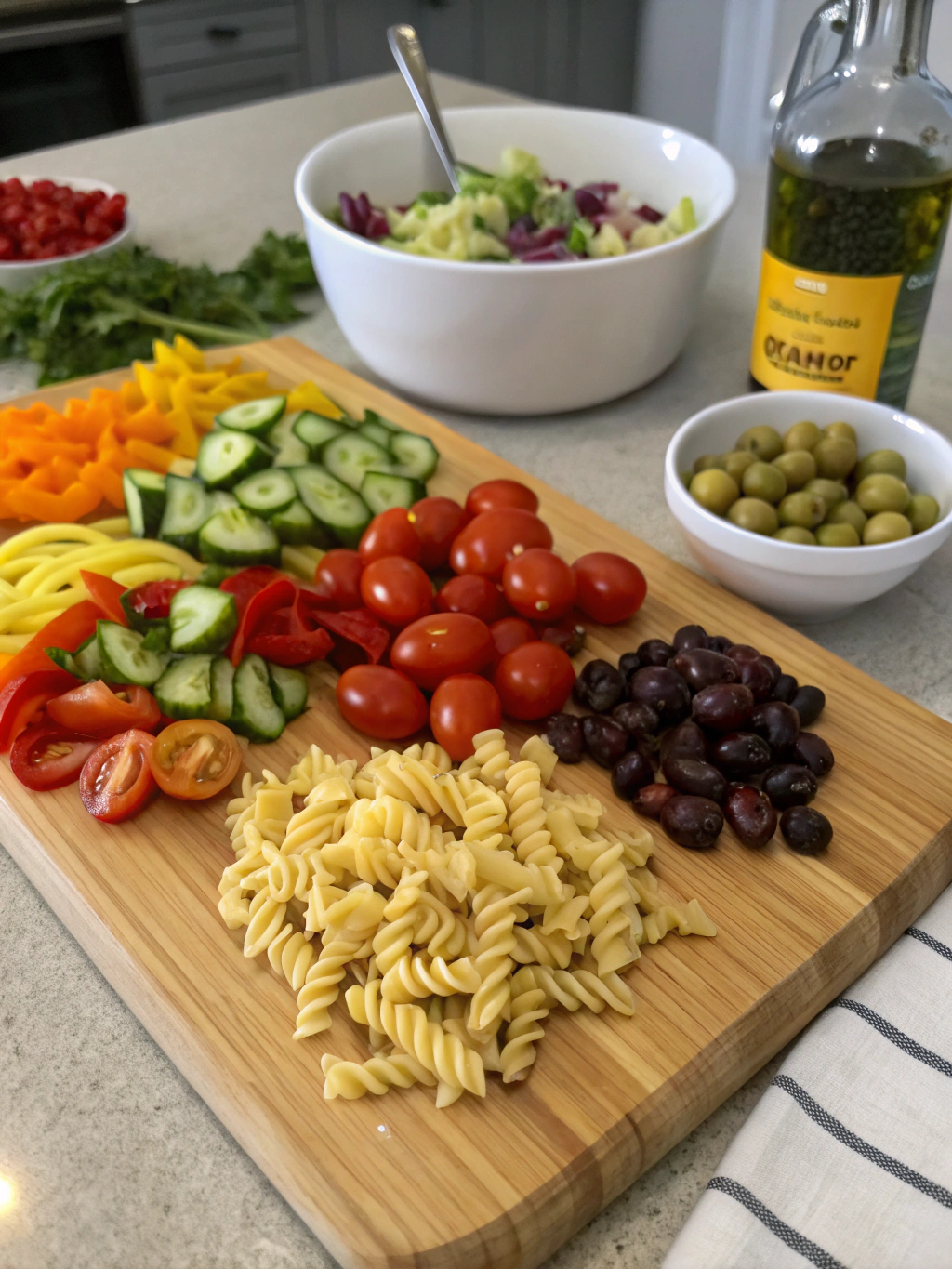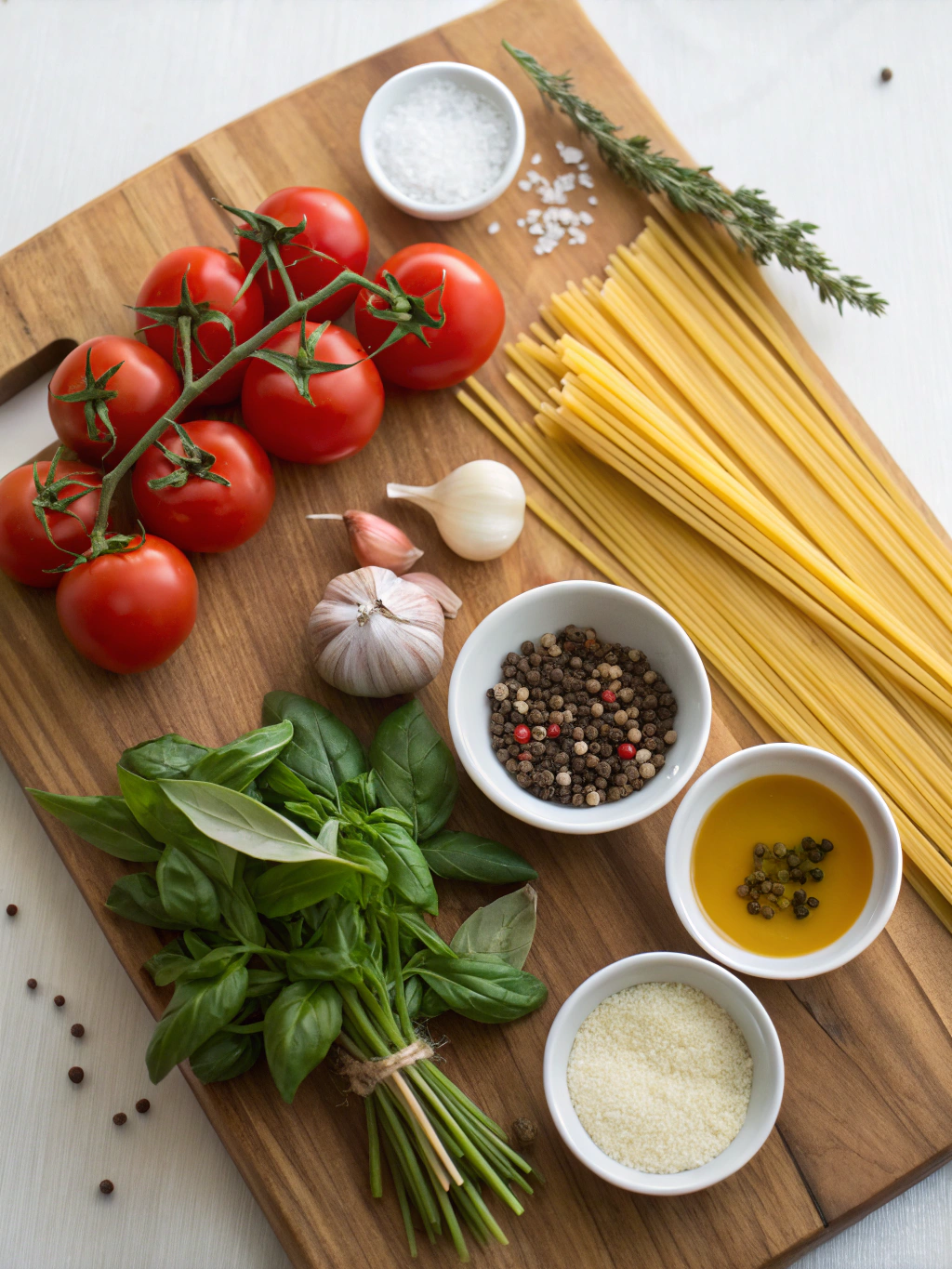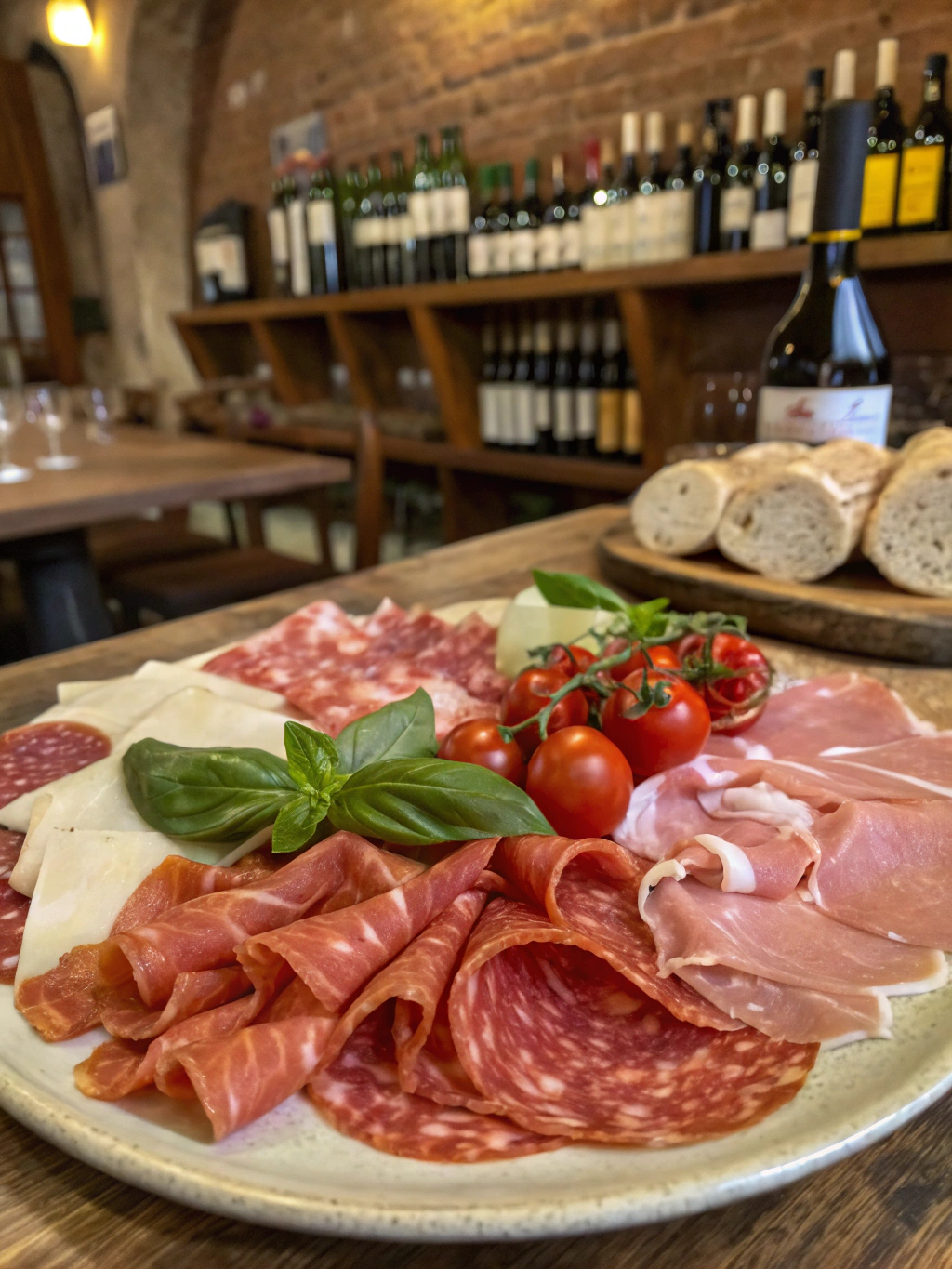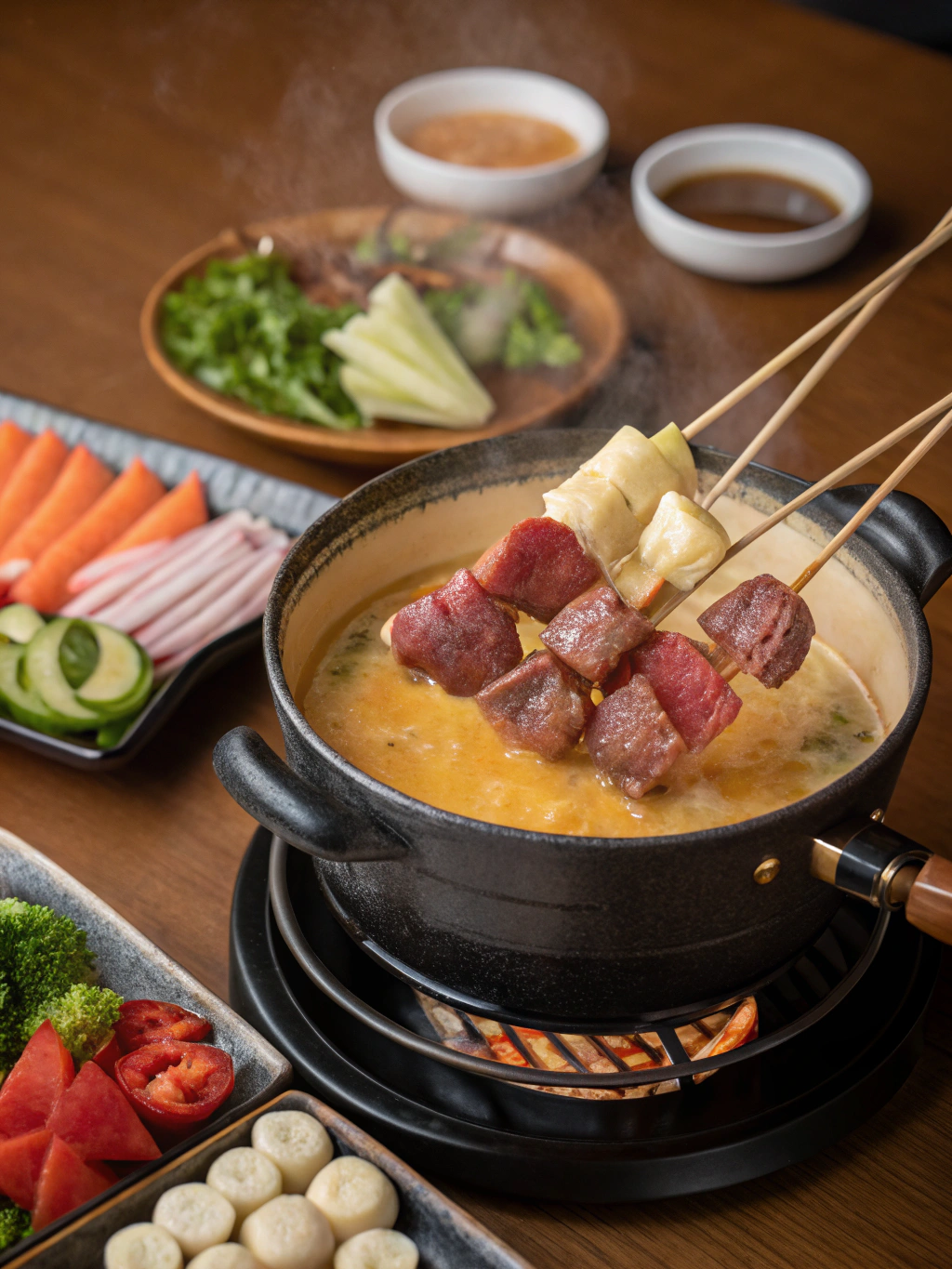Have you ever found yourself craving the perfect pasta carbonara recipe? If so, you’re not alone! Studies show that carbonara is one of the most beloved pasta dishes worldwide, celebrated for its simplicity and decadent flavors. Today, I’m excited to share with you a foolproof method to create the creamiest, most delicious carbonara you’ll ever make, all in just five easy steps. Let’s dive in!
Ingredients List
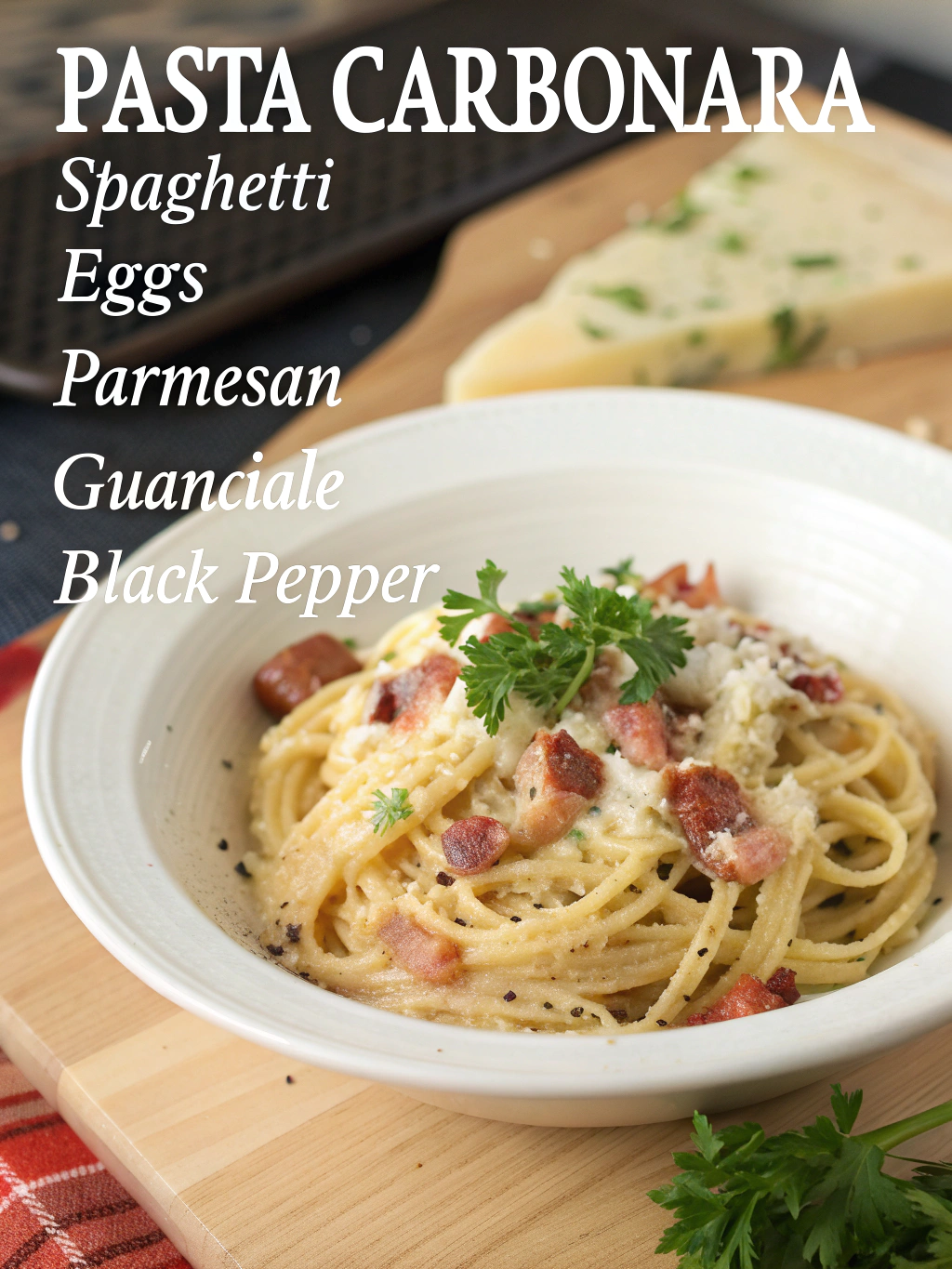
To create this scrumptiously creamy pasta carbonara, gather the following ingredients:
- 400g spaghetti or fettuccine: Classic choices, but feel free to swap in whole wheat or gluten-free pasta for a health-forward option.
- 150g guanciale or pancetta: For the traditional flavor, though slab bacon works as a substitute.
- 3 large eggs: Use organic or free-range for richer taste.
- 100g Pecorino Romano cheese: Grated, this sharp cheese adds a savory punch. Parmesan can be a milder alternative.
- Freshly cracked black pepper: To taste; it enhances the overall dish.
- Salt: For the pasta water.
Timing
Preparing your pasta carbonara takes around 30 minutes—about 25% less time than the average pasta dish! Here’s how the timing breaks down:
- Preparation Time: 10 minutes
- Cooking Time: 20 minutes
- Total Time: 30 minutes
Perfect for a weeknight dinner or a quick get-together with friends!
Step-by-Step Instructions
Step 1: Cook the Pasta
Bring a large pot of salted water to a boil. Add the spaghetti and cook according to package instructions until al dente. Remember, you want the pasta to be firm since it will continue to cook in the sauce.
Step 2: Prepare the Guanciale
While the pasta cooks, dice the guanciale or pancetta into small cubes. In a large skillet, cook over medium heat until crispy (about 5-7 minutes). This step is essential; the rendered fat becomes the sauce’s base, adding richness to your dish.
Step 3: Whisk the Eggs and Cheese
In a mixing bowl, whisk together the eggs, grated Pecorino Romano cheese, and a generous amount of freshly cracked black pepper. This egg mixture will create the creamy sauce when combined with the hot pasta.
Step 4: Combine Pasta and Guanciale
Once your pasta is cooked, reserve about a cup of pasta water and drain the rest. Add the hot pasta directly to the skillet with the crispy guanciale (or pancetta) and toss to combine. Remove the skillet from heat.
Step 5: Create the Sauce
Slowly pour the egg and cheese mixture over the hot pasta, stirring quickly to combine. The heat from the pasta will gently cook the eggs, creating a velvety sauce. If the mixture is too thick, add reserved pasta water a little at a time until you reach the desired creaminess.
Nutritional Information
For a traditional serving of pasta carbonara (approximately 1 cup):
- Calories: 480
- Protein: 20g
- Carbohydrates: 50g
- Fat: 25g
- Fiber: 2g
Enjoy this decadent dish in moderation, as it’s rich in flavors and calories.
Healthier Alternatives for the Recipe
You can make your pasta carbonara lighter without sacrificing flavor. Here are a few suggestions:
- Use zucchini noodles or whole wheat pasta for added nutrients and fiber.
- Substitute turkey bacon for a lean protein source.
- Incorporate spinach or peas for extra vitamins and a pop of color.
Serving Suggestions
Make your pasta carbonara even more enticing with these serving ideas:
- Top with fresh herbs such as parsley or basil for enhanced freshness.
- Serve with a side salad to balance the richness of the dish.
- Pair with a light, chilled white wine like Pinot Grigio.
Common Mistakes to Avoid
Creating the perfect pasta carbonara can be tricky. Keep these common pitfalls in mind:
- Overcooking the Eggs: Remove the skillet from heat before adding the egg mixture to prevent scrambling.
- Incorrect Cheese Choice: Using too much or the wrong cheese can alter the flavor. Stick to Pecorino Romano for authenticity.
- Not Reserving Pasta Water: The starchy water is crucial for achieving the right consistency in your sauce.
Storing Tips for the Recipe
If you have leftovers, follow these storage tips to maintain freshness:
- Store pasta carbonara in an airtight container in the fridge for up to 3 days.
- To reheat, gently warm in a skillet over low heat, adding a splash of water or broth to revive the creaminess.
Conclusion
In just five easy steps, you can master the art of pasta carbonara! With this method, you’re guaranteed to impress your family and friends with a dish that’s both simple and indulgent. Don’t hesitate to try this recipe, share your experiences, and explore other culinary delights on our blog!
FAQs
Can I make pasta carbonara vegetarian?
Absolutely! Use sautéed mushrooms instead of guanciale/bacon for a savory option, and add nutritional yeast for a cheesy flavor.
Can I freeze pasta carbonara?
Pasta carbonara is not the best candidate for freezing, as the sauce may separate upon thawing. It’s best enjoyed fresh!
What can I do if my carbonara sauce is too thick?
If your sauce is too thick, gradually stir in reserved pasta water until you reach your desired consistency.
Now that you have this easy-to-follow pasta carbonara recipe, give it a try and delight your taste buds with a creamy, delicious meal!



